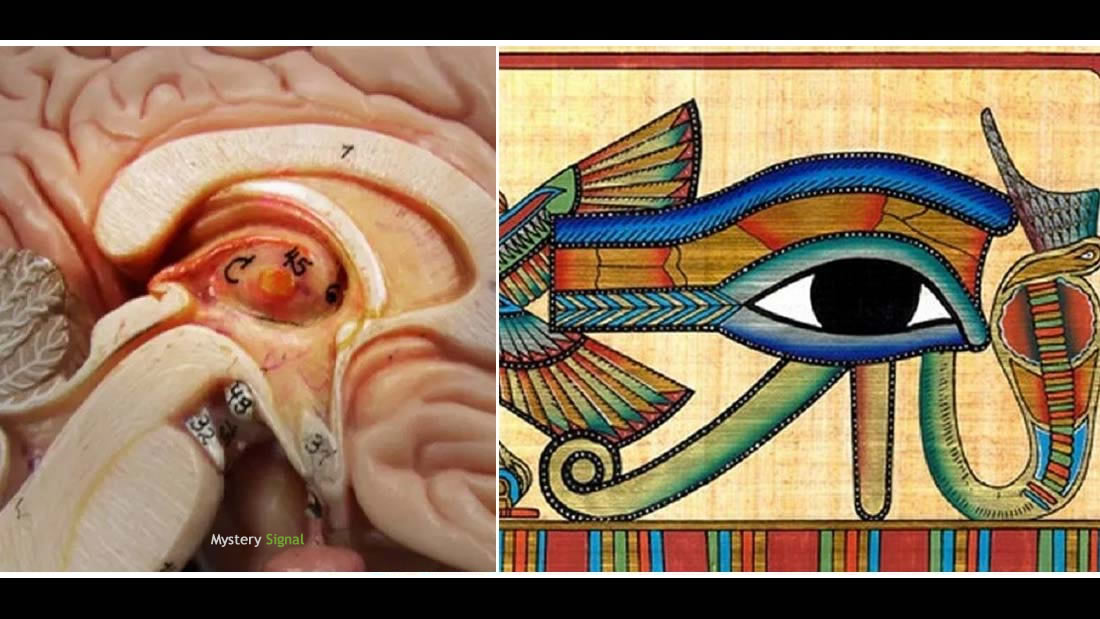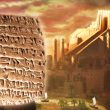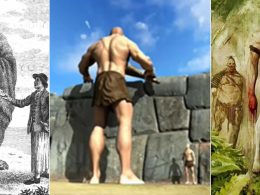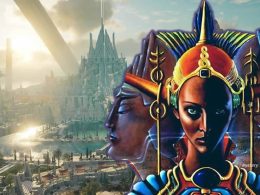The pineal gland is located in the center of the brain. That brain region shows an astonishing resemblance to the shape of the symbol of the Eye of Horus. A secret about the brain that Egyptians and their gods knew?
The pineal gland is located in the center of the brain. That brain region shows a stunning resemblance to the shape of the symbol of the Eye of Horus. This could indicate that the Egyptians knew that this part of the brain hides a secret of superior vision and mental capacity in the human being (associated with the third eye).
The Eye of Horus is a divine Egyptian symbol used for spiritual and psychic protection, it also provided good health, according to tradition. For its part,he pineal gland is a small pine cone shaped gland. Its role is to regulate our sleep cycle and mood through the secretion of melatonin.
The Eye of Horus and the Pineal Gland: with the same form

Modern esoteric doctrines, such as Helena Blavatsky’s theosophy, stipulate that the pineal gland is actually the third eye itself. The pineal gland would be diminished, although it can be activated by meditation, lucid dreaming and Buddhist practices such as yoga.
The pineal gland is between the two hemispheres of the brain, in the epithalamus (above the thalamus). In the image above we notice that the gland is linked to the eyes. Linked through the superior cervical ganglion and the corpus callosum (corpus callosum). With the corpus callosum we begin to see the similarity to the shape of the Eye of Horus, as it looks like the eyebrow.
The thalamus (thalamus) looks like the cornea of the eye and the pineal gland is located at the initial point of the figure of the eye. For its part, the hypothalamus is represented by the vertical line of the Eye of Horus and the spiral coils towards the cerebellum.
Mythology of the Eye of Horus and its magical attributes
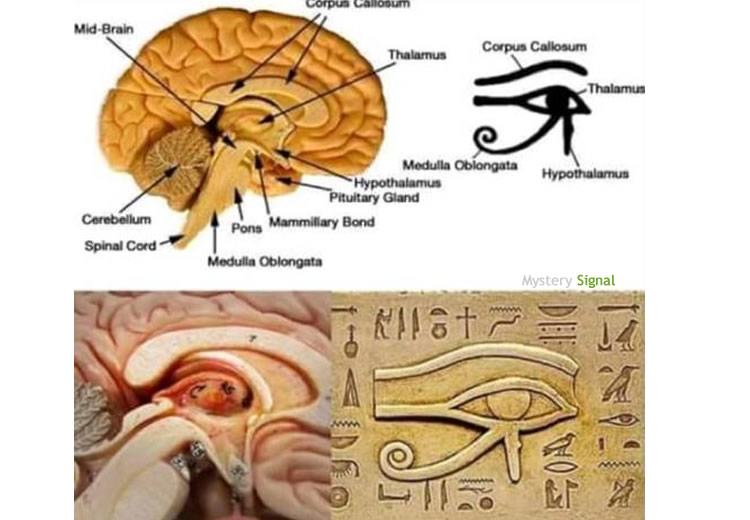
Horus was a sky god (represented by a powerful falcon). In Egyptian mythology, his story begins with Set, god of chaos, who murders his brother Osiris, dismembering him into 14 parts. Isis, Osiris’ wife, reunited the parts of his body and managed to resurrect him. Already revived, Isis takes him and conceives Horus with him.
Now of age, Horus fought against Set, losing his eye when Set plucked it out and tore it to pieces. However, Tot, god of magic and science, takes the pieces of the eye and revives it, creating the amulet of the Udyat (Eye of Horus).
In ancient Egypt, the Eye of Horus was used as a talisman to renew spiritual energy, protect from evil spirits and cure diseases. It also enhanced people’s psychic abilities, such as intuition, remote viewing and lucid dreaming.
As we had said, the pineal gland is now associated with the third eye, and, the Udyat of Horus, was always seen as an Egyptian illustration of that human psychic eye that provides extrasensory vision.
The evidence is indisputable: the brain region surrounding the pineal gland shows a remarkable similarity to the Eye of Horus, so the Egyptians or their gods may have been communicating that in the pineal gland is hidden a mental or spiritual power that has been ignored or suppressed to this day.





